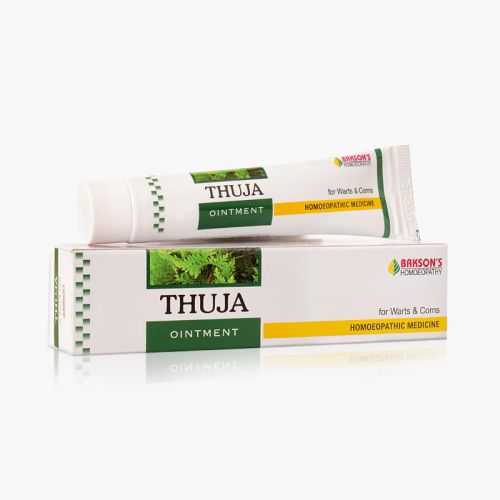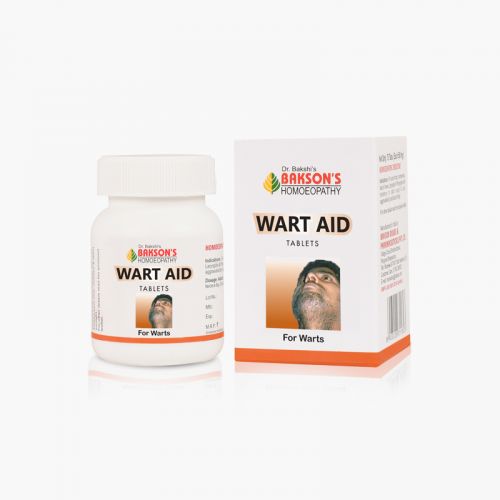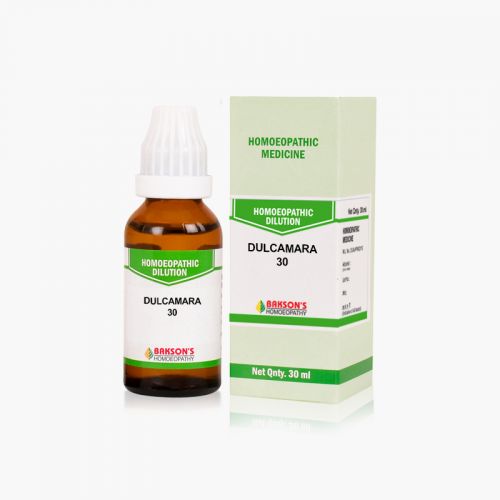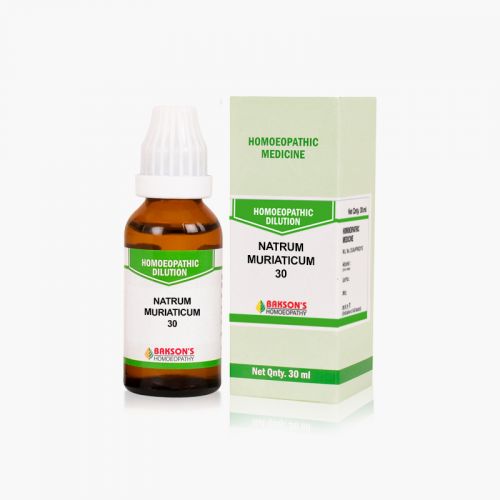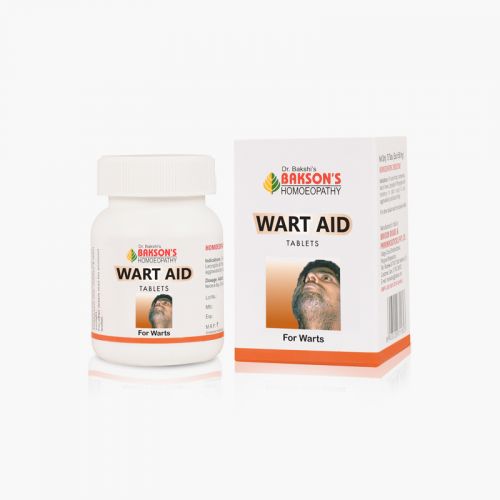We use cookies to make your experience better. To comply with the new e-Privacy directive, we need to ask for your consent to set the cookies. Learn more.
What is a Wart?
Warts are benign lesions that occur in the mucosa and skin caused by the human papillomavirus (HPV). HPV may occur at any site and are easily transmitted by direct or indirect contact, especially if there is the disruption of the normal epithelial barrier. Common warts are associated with HPV types 2, 4 (most common), followed by types 1, 3, 27, 29, and 57.
They are common worldwide and affect approximately 10% of the population. In school-aged children, the prevalence is as high as 10% to 20%.
Signs and Symptoms
The majority of warts do not cause symptoms but can cause cosmetic disfigurement and, in a rare case, localized pain. Plantar warts can be painful because of compression and extensive friction that can lead to bleeding. The common wart appears as a papular growth with an irregular contour and surface, ranging in size from 1 mm to several centimeters. The majority of common warts are seen on the lower and upper extremities.
- Common warts around the lips and eyelids may be thin and long. Those on the plantar surface may be mistaken for a callous and are deep and painful when palpated.
- Flat warts appear as fleshy growths ranging in size from 1-7 mm and may be hundreds in number.
- Butcher's warts are seen in individuals who handle raw meat products. These warts tend to have a cauliflower-like appearance and are large in size.
- Focal epithelial hyperplasia includes warts that occur in the oral cavity. These small lesions appear as whitish papules, measuring 1-5 mm in size and arranged in groups.
- Cystic warts appear on weight-bearing surfaces like the sole and have a smooth appearance.
Diagnosis
The diagnosis is usually made on a clinical examination and physical findings but a biopsy can be obtained if doubt exists regarding the diagnosis. The paring of a wart often reveals tiny black dots that represent thrombosed capillaries.
Management
Certain measures should be undertaken to prevent the spread of the disease. These are -
- Avoid touching the wart as it can spread to other areas.
- Avoid manipulation or removal of the wart.
- Prevent any trauma to the skin.
Warning: Above information provided is an overview of the disease, we strongly recommend a doctor's consultation to prevent further advancement of disease and/or development of complications.
Disclaimer: The information provided herein on request, is not to be taken as a replacement for medical advice or diagnosis or treatment of any medical condition. DO NOT SELF MEDICATE. PLEASE CONSULT YOUR PHYSICIAN FOR PROPER DIAGNOSIS AND PRESCRIPTION.
- WART AID TABLETS -75TABSSpecial Price ₹ 172.00 Regular Price ₹ 215.00





